
reduce development time for electronics with modular design tools
Introduction to Modular Design for Electronics Modular design is an approach to product development where a system is divided into smaller, independent modules that can[…]
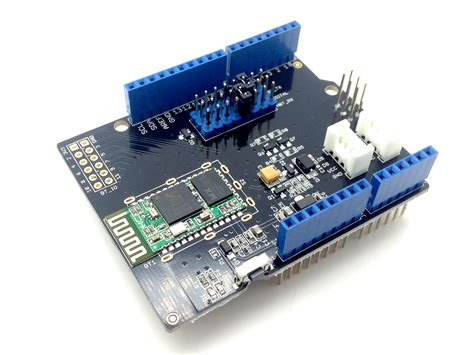
Arduino Shields: Expansion Boards for Increasing Arduino Board Functionalities
What are Arduino Shields? Arduino shields are printed circuit boards (PCBs) that are designed to be compatible with the Arduino board’s form factor and pin[…]
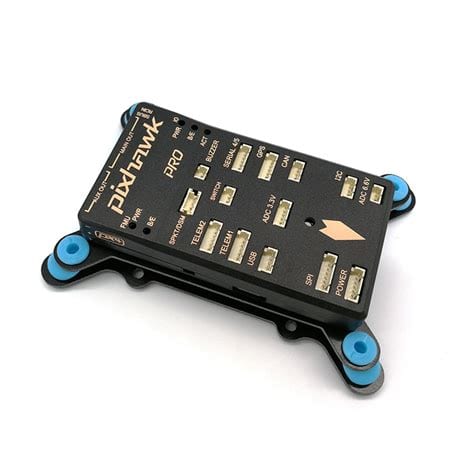
Pixhawk 4: An Advanced Flight Controller for High-Performance Drones
Introduction to Pixhawk 4 The Pixhawk 4 is a cutting-edge flight controller designed for high-performance drones and unmanned aerial vehicles (UAVs). Developed by the PX4[…]

SMT Machine: Types and Features of Excellent SMT Machines
Types of SMT Machines 1. Pick and Place Machines Pick and place machines are the most common type of SMT machine used in electronics manufacturing.[…]
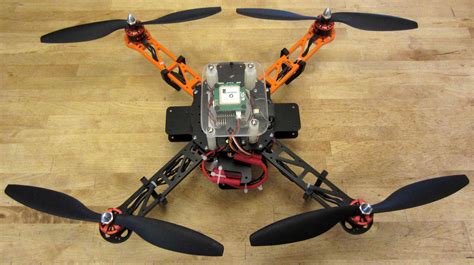
What Is The Core Of A Custom Drone Board
Understanding the Basics of a Custom Drone Board At its core, a custom drone board is a printed circuit board (PCB) designed specifically for a[…]
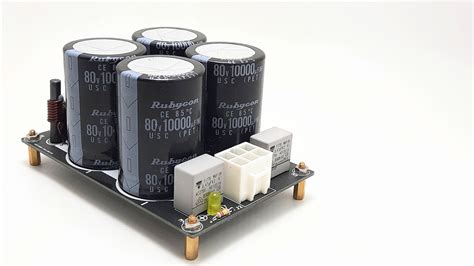
PCB Trace to Plane Capacitance Formula
Introduction to PCB Capacitance Printed Circuit Board (PCB) design involves many crucial aspects, one of which is managing the capacitance between traces and planes. Understanding[…]
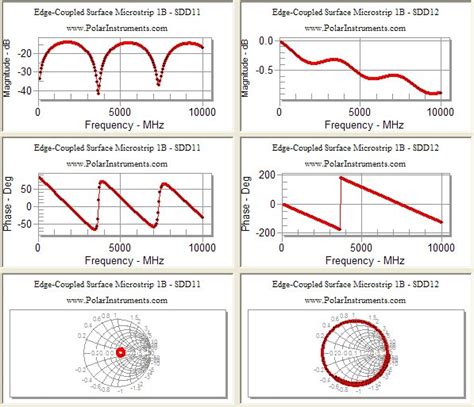
PCB transmission line principle
Introduction to PCB Transmission Lines Printed Circuit Boards (PCBs) are essential components in modern electronic devices, enabling the interconnection of various components and facilitating signal[…]
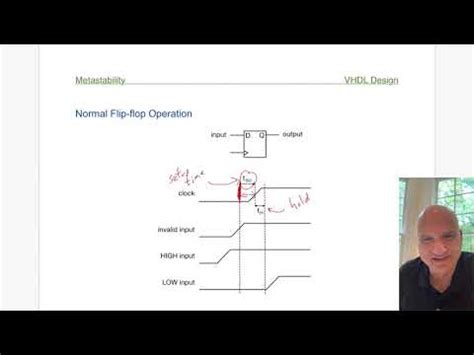
reducing metastability in fpga designs
Understanding Metastability in FPGAs Metastability is a phenomenon that occurs in digital systems when a signal is sampled at the exact moment it is transitioning[…]
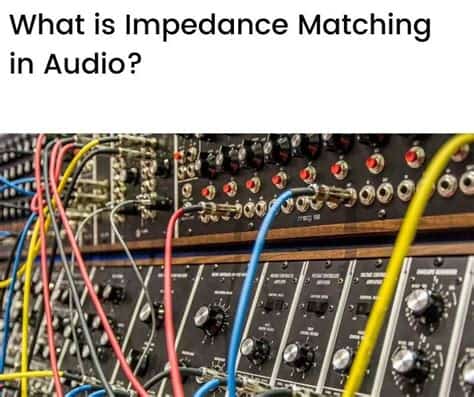
reflectionless matching vs conjugate matching apparent contradiction
Introduction to Impedance Matching Impedance matching is a crucial concept in electrical engineering, particularly in the design of high-frequency circuits and systems. It involves the[…]
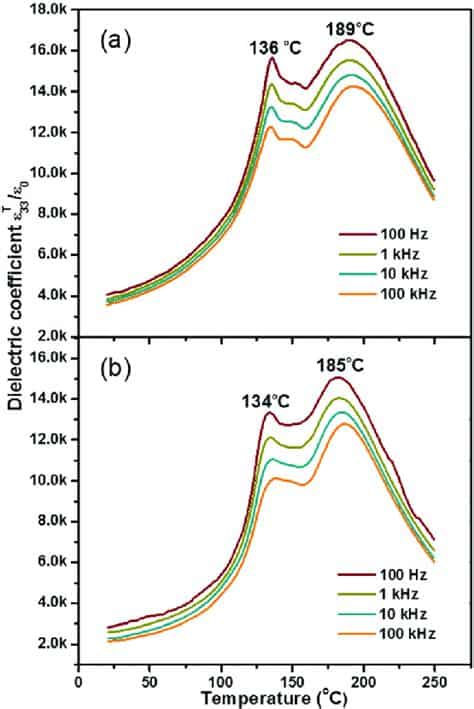
relative permittivity pcb substrates high k or low k dielectrics
Introduction to Dielectric Permittivity Dielectric permittivity, also known as relative permittivity or εr, is a crucial property of insulating materials used in printed circuit boards[…]